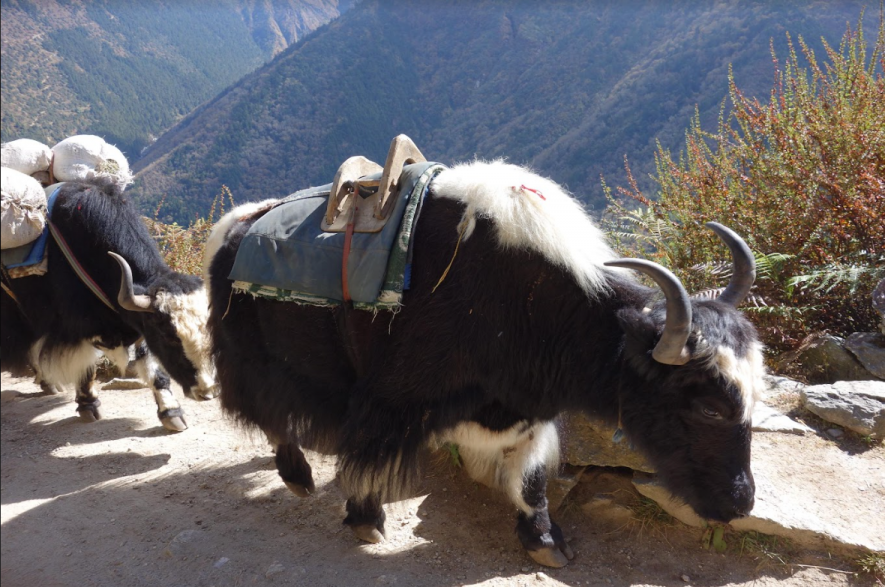December 17, 2023
Unveiling Yak Domestication in Bangga, Tibet: A Historical Revelation

Unearthing the Origins
- The settlement of Bangga, nestled within Shannan prefecture in the Tibetan Autonomous Region of China, stands as the cradle of the earliest recorded human domestication of yaks. Bordering Bhutan and Arunachal Pradesh and traversed by the Brahmaputra river, this region reveals a profound historical narrative.
Dual Domestication and Hybrid Marvels
- Approximately 2,500 years ago, Bangga’s inhabitants embarked on a remarkable journey, not only domesticating yaks but also taurine cattle, a breed commonly found in Europe and temperate Asia. What’s more intriguing is their production of hybrids by crossing these two distinct species, shedding light on their advanced husbandry techniques.
Taxonomic Insights
- The genus Bos serves as the taxonomic umbrella encompassing yaks, domestic cattle, and even the ancient cattle ancestors known as aurochs, establishing a biological connection among these species.
Bangga: An Archaeological Treasure Trove
- Situated at an impressive altitude of 3,750 meters above sea level, Bangga emerges as one of southern Tibet’s earliest known agro-pastoral settlements, holding immense historical significance. Notably, it stands as the sole site in the region systematically excavated in recent decades, offering a wealth of fossilized remains.
Methodical Exploration and Revelations
- An international coalition of archaeologists, including experts from Washington University in St. Louis, US, spearheaded an in-depth study. Through meticulous bone analysis—over 10,000 mammal bone fragments examined, 193 of which were attributed to the Bos genus—and genetic sequencing of five remarkably preserved Bos bones, the study unveiled one yak and four female taurine cattle, unraveling the mysteries of ancient husbandry.
Unexpected Taurine Cattle Presence
- The unanticipated presence of taurine cattle, primarily associated with regions like Anatolia in modern-day Turkey, near the Indian subcontinent presents a fascinating revelation. Their likely migration route through the Silk Route to central and eastern Tibet unveils an intriguing historical odyssey.
Yak’s Contemporary Importance
- Today, an estimated 14 to 15 million domestic yaks thrive across the Asian highlands, including regions within the Indian Himalayas. However, wild yaks, never subjected to domestication, face vulnerability, with a mere 7,500 to 10,000 mature individuals left, as classified by the International Union for Conservation of Nature. The hybrid descendants, Dzo and Dzomo, remain integral to Himalayan and Tibetan Plateau communities, reflecting the enduring legacy of ancient crossbreeding.
Conclusion
- The excavation in Bangga not only unravels the rich tapestry of early human-animal interactions but also underscores the profound historical significance of the region in shaping the genetic lineage of these iconic creatures, influencing their contemporary importance in the highlands of Asia.
Gist of daily Article /The Hindu 17oct 2025
October 17, 2025
Daily Gist of the Hindu/Indian Express : 16 Oct 2025
October 16, 2025
Daily Gist of The Hindu/Indian Express: 6 Oct 2025
October 6, 2025
Daily Gist of Article /The Hindu /Indian Express: 24 Sep 2025
September 24, 2025
